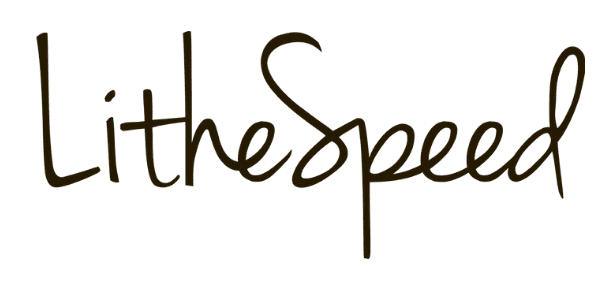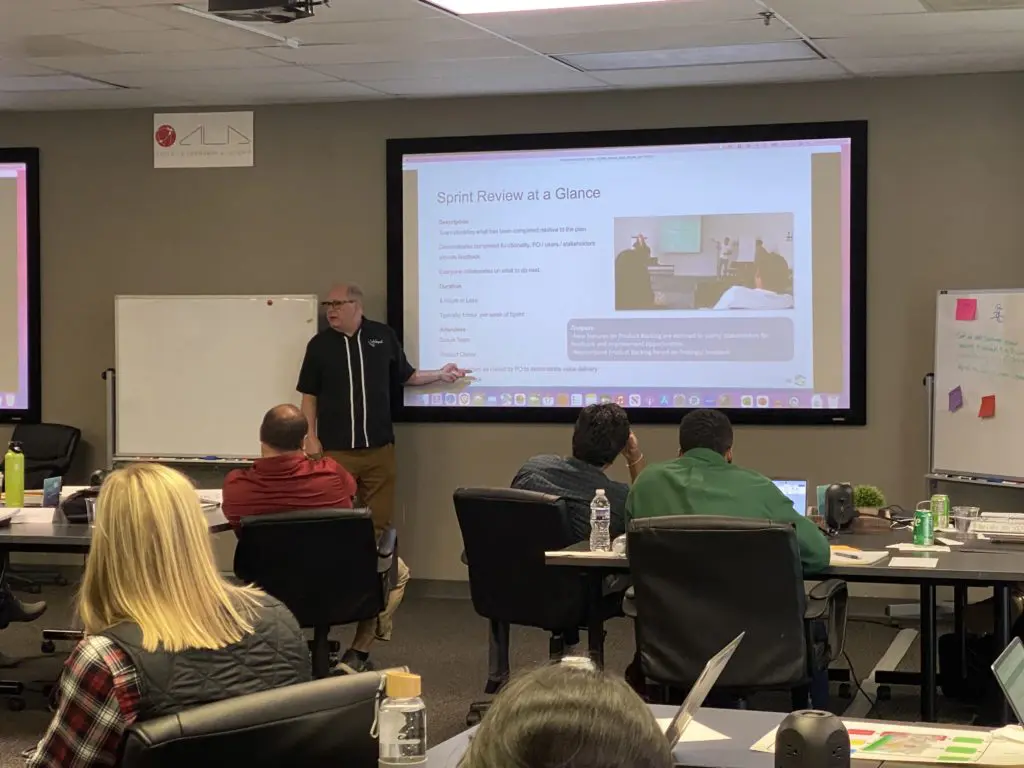Businesses are always looking for ways to streamline their operations and deliver more efficient value to their customers.
One approach is adopting a product operating model. This places the product at the center of an organization’s strategy and operations.
This makes the role of the Product Owner critical for success. But what are those responsibilities, exactly?
We’ll break down the details of the product operating model, along with key tasks of the Product Owner.
What is the Product Operating Model?
The product operating model framework is much different from traditional project-based approaches. Instead, it’s a more holistic way of working that focuses on the product as the center.
In a product operating model, cross-functional teams collaborate throughout the entire lifecycle of a product. This includes everything from conception (ideas and product development) to retirement (discontinuation).
The overall focus of the product operating model is to continuously improve the product and always deliver value to customers.
This model brings together several elements of an organization, including:
- Product strategy and vision
- Development and operations processes
- Team structures and roles
- Technology and tools
- Performance metrics and incentives
Aligning these components around the product promotes agility in an organization. It also makes it easier to stay focused on the customer and respond quickly to any changes in the market.
How Has the Product Owner Role Changed?
The Product Owner role started with the Scrum framework, which is an Agile methodology for product development.
But as more organizations have started using product operating models, the identity of the Product Owner has shifted. The role has expanded to include more responsibilities, beyond what’s required for Scrum.
Think of the Product Owner as a bridge between strategy and execution. They make sure the product is as valuable as possible while also confirming it’s aligned with the organization’s overall goals. And, of course, they ensure the product checks all boxes when it comes to customer needs.
Key Responsibilities of a Product Owner
1. Defining and Communicating Product Vision
One of the primary responsibilities of a Product Owner is to establish and articulate a clear vision for the product. This vision should be aligned with the organization’s strategic objectives and should inspire and guide the product team.
An important note is that the Product Owner must be able to communicate this vision effectively to stakeholders at all levels of the organization. This is true from executives to development team members.
2. Managing the Product Backlog
The product backlog is a prioritized list of features, enhancements, and fixes that need to be implemented in the product. It can be compared to a much more dynamic version of a “to-do” list.
Product Owners must keep track of this backlog at all times and continue to refine and improve it.
This involves:
- Adding new items based on customer feedback, market trends, and business needs.
- Prioritizing items to make sure the team is always working on the most valuable features.
- Refine and clarify backlog items so that they are understood by the development team.
3. Stakeholder Management
Product Owners serve as the primary point of contact between the product team and a host of stakeholders. These include customers, executives, sales and marketing teams, and other departments within the organization.
To manage stakeholders effectively, Product Owners have to actively communicate and learn how to balance different interests with the priorities of the company.
4. Making Product Decisions
In a product operating model, the Product Owner is empowered to make critical decisions about the product. This includes determining which features to build, when to release new versions, and how to allocate resources.
These decisions should be based on a deep understanding of customer needs, market conditions, and business objectives.
5. Collaborating with Cross-functional Teams
The product operating model emphasizes collaboration across different functions within an organization. As a Product Owner, it’s essential to work closely with various teams, including:
- Development teams to ensure proper implementation of features
- UX/UI designers to create intuitive and user-friendly interfaces
- Marketing teams to align product messaging and positioning
- Sales teams to understand customer needs and feedback
- Customer support to address user issues and gather insights
6. Defining and Tracking Success Metrics
Product Owners are responsible for tracking metrics to make sure the product is delivering value. This can be achieved by monitoring key performance indicators (KPIs).
At all times, these metrics should line up with the business’s overall objectives and provide valuable insights into how the product is performing.
Some common, trackable metrics include:
- User adoption rates
- Customer satisfaction scores
- Generated revenue
Challenges Faced by Product Owners
The role of a Product Owner is very important for the success of a product operating model. However, it comes with its own set of challenges:
Balancing Short-term and Long-term Goals
Product Owners often find themselves torn between addressing immediate customer needs and working towards long-term strategic objectives. Striking the right balance can be difficult, and requires careful prioritization with great communication skills.
Managing Conflicting Stakeholder Interests
Different stakeholders may have varying priorities and expectations for the product. The Product Owner is tasked with navigating these conflicting interests. They are responsible for making the tough decisions, all while keeping relationships positive with all parties.
Staying Current with Market Trends and Technologies
Industries are constantly evolving, and the responsibility of staying up to date with the latest trends falls on the Product Owner. A deep understanding of the competition is needed to make informed decisions about the product’s direction.
Scaling the Product Owner Role
As an organization grows and begins to create more complex products, scaling a Product Owner becomes challenging. Often, this includes the introduction of new roles, such as Product Managers. In some cases, there could even be an organizational hierarchy that includes several Product Owners (each focused on specific product aspects).
The Importance of Product Owners’ Training and Certification
The Product Owner role can be complex, but it is highly important. This is why many organizations choose to invest in training and certification programs, such as LitheSpeed’s Certified Scrum Product Owner (CSPO) course.
The CSPO certification provides Product Owners with a solid foundation in Agile principles and Scrum practices. It also dives into specific tools and techniques for effective product management.
The course covers these topics:
- Creating and refining product backlogs
- Techniques for prioritization and value maximization
- Stakeholder engagement and communication strategies
- Agile estimation and planning methods
- Release management and product road mapping
Completing a CSPO course can be very beneficial for anyone in a Product Owner role. It provides an opportunity to enhance skills with the help of experienced instructors and network with others in a similar position.
Product Owners and the Product Operating Model
The role of a Product Owner is paramount within a product operating model. They have the power to lead development toward a valuable, customer-centric product. Their responsibilities include managing the product backlog, aligning stakeholders, and making informed decisions for the company.
As more organizations adopt product operating models, the demand for Product Owners will continue to increase. Although challenging in some areas, Product Owners can seek courses and certifications to excel in this highly rewarding position.

